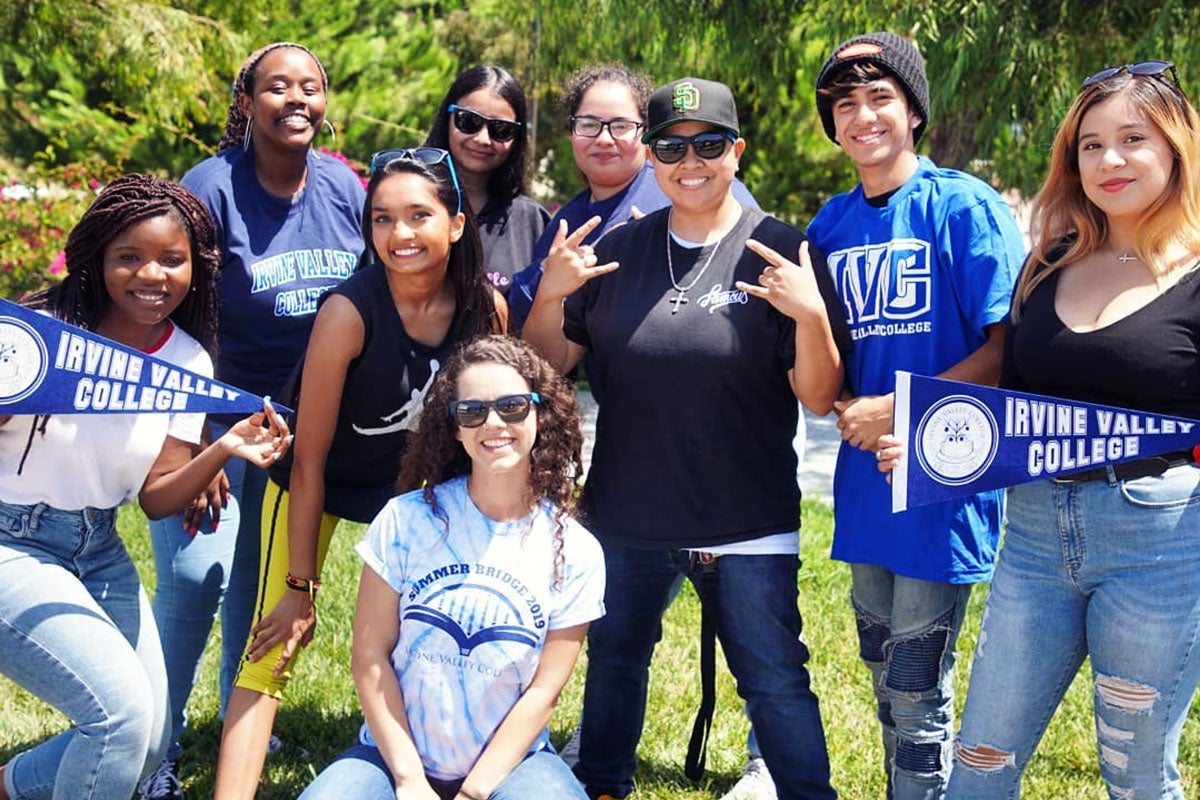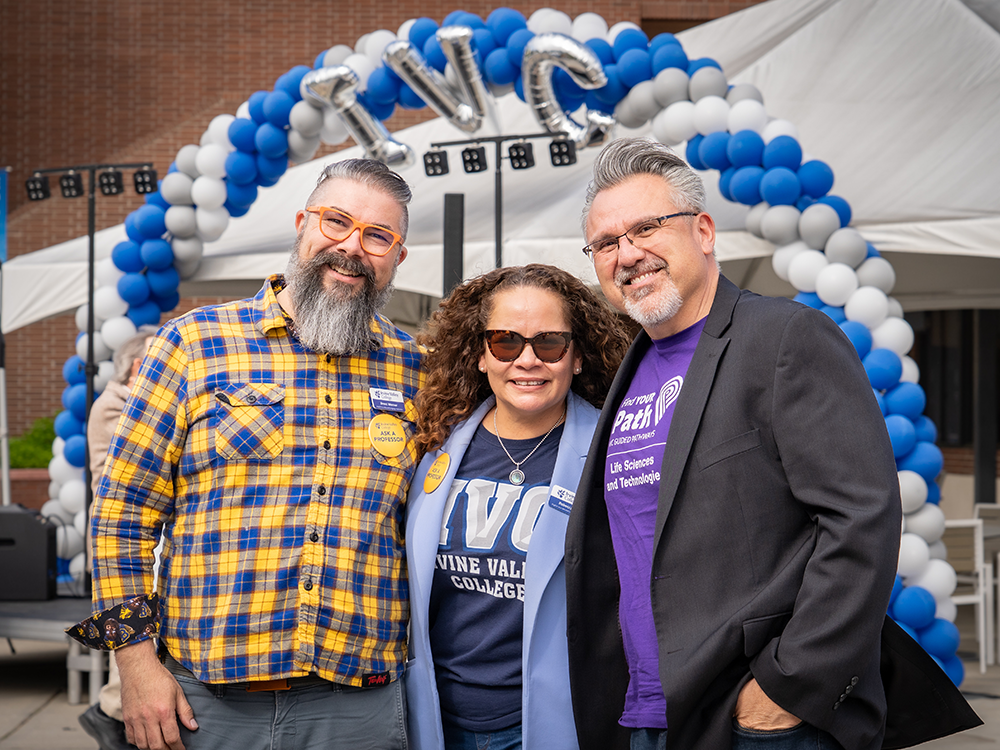For your reference, these are the recommended prerequisites for American Sign Language (ASL:):
| IVC Course | Recommended Prerequisite |
| American Sign Language (ASL) 15 | No prerequisite (this is a lecture class in English, not a language class) |
| American Sign Language (ASL) 21 | No prerequisite |
| American Sign Language (ASL) 22 | IVC ASL 21 or two years of high school ASL |
| American Sign Language (ASL) 23 | IVC ASL 22 or three years of high school ASL |
| American Sign Language (ASL) 24 | IVC ASL 23 or four years of high school ASL |
If you don’t meet the above prerequisites, and/or you prefer to assess your level on your own, please review the skills and classes below and choose the course that best fits your ASL level (keep in mind that having a solid foundation in beginning ASL will help you succeed in more advanced courses):
ASL 22 is a good fit for you if you are comfortable with the tasks below:
- Give an ASL signed narrative using an ASL prompt with some alterations for 2 minutes.
- Understand short monologic and dialogic ASL narratives about everyday topics.
- Sign in ASL using an active vocabulary of approximately 500 signs on topics such as hobbies, daily activities, family, food, holidays, school, and surroundings.
- Understand ASL narratives reflecting the Deaf community values and childhood stories.
ASL 23 is a good fit for you if you are comfortable with the tasks below:
- Give an ASL signed narrative using a specific topic without any prompt for 2 minutes.
- Understand short monologic and dialogic ASL narratives with introduction to classifiers.
- Sign in ASL using an active vocabulary of approximately 800 signs including classifiers, space, and roleshifting on topics such as describing people and things, making requests, describing places, giving opinions, and discussing future plans.
- Understand ASL narratives using stories adapted from English and with fables.
ASL 24 is a good fit for you if you are comfortable with the tasks below:
- Give an ASL signed presentation about a country with assigned topics for 5 minutes.
- Understand moderate to long monologic and dialogic ASL narratives with non-manual signals.
- Sign in ASL using an active vocabulary of approximately 900 signs including non-manual signals, relying less on memorized phrases, and better cohesive devices between different parts of a given narrative on topics such as home design, biographies/family histories, meal preparation, and scenery of famous landmarks.
- Understand ASL narratives using stories performed by master ASL storytellers with emphasis on use of classifiers.
If you want to see the detailed topics (vocabulary, grammar, and culture) covered in each ASL level, please visit the IVC schedule of classes, click on the “DETAILS” link on the far right, and at the bottom of the page, click on the first blue button “Topics Covered.”
If, after two weeks, you feel the course is too hard or too easy for you, please let your instructor know so you can discuss the possibility of changing the course level.
For further information, please contact the ASL Department Coordinator: Keith Gamache






